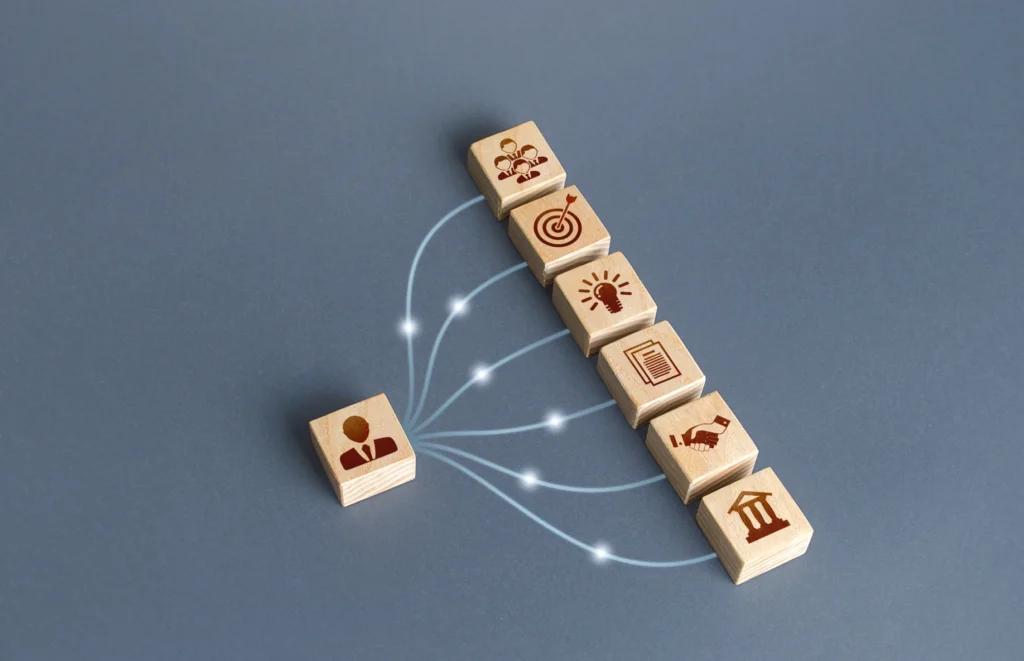Three Ways to Communicate Like a Pro
3 min read

You can be the smartest and most interesting person on the planet, but if you can’t communicate, no one will ever know it. In a former life, my boss used to tell me, “If it ain’t written down Rob, it didn’t happen.”
Being able to communicate both in the written and oral form are keys to success in just about anything.
And, of course, we all know those great communicators in our office who get all the promotions. But when it comes right down to it, they are not any more competent or knowledgeable than we are.
Who are these people and how do they communicate so well? Sure, for some of them, it may come naturally, but for others, it is something they have invested their time and money in to get better.
For them, communication is an art form; probably something they have worked on to get ahead in life. Maybe they honed their skills on the high school debating team. Maybe they took the time to get involved with Toastmasters. Whatever the case may be…they get promoted, and we watch.
Based on being around a lot of very successful people, both financially, and otherwise, my top three ways to communicate are as follows:
1. Be a Great Listener: Great communicators including, most notably, Presidents Ronald Reagan and Bill Clinton, were well-known for their active listening skills. People would come away from having conversations with them saying, “They made me feel like I was the only person in the room…they really cared about what I had to say…” Active listening is actually listening to what the other person is saying and not about what you are going to say next. It’s being empathetic to their cause or topic.
2. Be a Storyteller: President Reagan was also a great storyteller as well. He could spin a good yarn interjecting humor and emotion into his stories. But he didn’t tell stories just for the sake of telling a story. He told it to be instructive – to communicate with his audience. He was an expert at inspiring and entertaining his listeners. I have worked with high-level candidates interviewing for positions on Wall Street using vignettes (min-stories) to illustrate various aspects of their experience and background. Done right, it is a very dynamic way to communicate.
3. Engage your Audience: Know your audience. Know their outside interests. Know their friends and who they associate with. Do the research. If you are giving a speech, make sure you know the context of the speech and, most of all, just why did they come to listen to you? What are they looking for? Is it knowledge? Inspiration? Entertainment?
If you are doing a video interview with someone, look behind him/her and notice what is on the walls – is there something on the wall or in the background that could help you establish common ground? Common ground is necessary for developing rapport, an essential first step in effective communications.
Pick up on verbal and non-verbal cues to ensure they are engaged in the specific line of thought that you are communicating. Be aware. If you can sense they are not interested, then conversationally map to a slightly different topic of mutual interest. It can be done. But you have to listen and be aware.
Final Thoughts: Robert Redford once said, “Any good book or movie can do three things: 1) Inform, 2) Inspire, and 3) entertain.” I totally agree with this. If you can do these three things in every conversation or memo, you will be well on your way to being a great communicator.
Next Episode: Three Ways to Counter a Counter-Offer.
We always welcome your feedback at rob@mrfairfax.com
And be sure to read my blogs published every Friday at Rob’s Rants and listen to our award-winning podcast at Talent & Trust Podcast published bi-weekly and also released on LinkedIn.
All the best,
Rob Houghton



